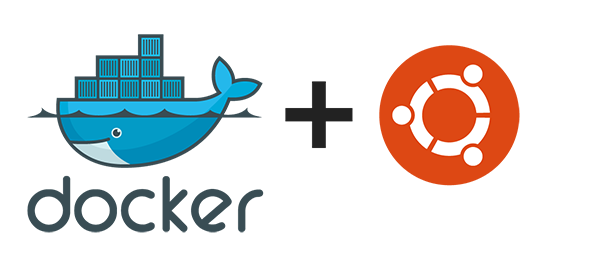It is possible to use Docker as a free and open-source containerization system. In this way, software developers can bundle their programs into containers, which are standardized executable components that include both the application source code and the OS libraries and dependencies needed to execute that code in any environment at all. With the rise of cloud-native and hybrid multi-cloud systems, container delivery has gained popularity as a more efficient means of distributing dispersed applications. One also install docker mac for their IOS desktop.
Although Docker isn’t required to develop containers, it makes the process of creating, deploying, and managing containers more straightforward, simpler, and safer. As a toolkit, Docker provides a single API that allows developers to create containers, operate them, update them, and stop them using simple commands and time-saving automation.
Besides Docker, Inc. (link outside IBM), which sells the commercial version of Docker, and the Docker open source project (link outside IBM), to which Docker, Inc. and many other businesses and people contribute, Docker refers to some other entities and persons as well.
Containers, and why they’re so popular, are explained in detail.
Process isolation and virtualization characteristics included in the Linux kernel make containers viable. In the same way that a hypervisor allows multiple virtual machines (VMs) to share the CPU, memory, and other resources of a single physical machine, these capabilities, such as control groups (Cgroups), allow multiple application components to share the host operating system’s resources on a single instance of the host operating system.
It’s as if container technology were a virtual machine, with all the benefits of a virtual machine (such as application separation and cost-effective scaling) thrown in for good measure.
Containers are less weight than virtual machines because they don’t have to carry the complete OS instance and hypervisor; instead, they include just the OS processes and dependencies required to run the code. Virtual machines (VMs) have a capacity of a few gigabytes, although container sizes are measured in megabytes.
With containers, you may run multiple times as many copies of an application on the same hardware as you can with VMs, resulting in a significant increase in resource efficiency. This may help you save money on cloud storage.
Deploying, provisioning, and restarting containers is simpler and quicker than doing it with traditional desktop virtual machines (VMs). CI/CD pipelines, Agile and DevOps techniques, and CI/CD pipelines are a better match for these tools because of their flexibility. More advantages cited by container users include better software quality, quicker market reaction, and several other advantages.
What are the benefits of using Docker?
Today, the term “container” and “Docker” are used interchangeably since Docker has become so popular and widely utilized. Docker was released to the public in 2013, however container-related technology has been accessible for years, if not decades (link is external to IBM). One can use them also in smart home technology in various smart kitchen devices.
Linux containers (LXC) were added to the Linux kernel in 2008, making it possible to run a single instance of Linux on a virtual machine. Even though LXC is still in use today, other technologies based on the Linux kernel are also accessible. A contemporary open-source Linux operating system like Ubuntu can likewise do this task.
With the help of Docker, Linux containerization has been bolstered.
Improved portability, which is also seamless: The Docker container does not need any modifications to operate on any desktop computer, data centre, or cloud, unlike LXC containers that often make use of machine-specific parameters.
With LXC, several processes may be integrated into a single container, resulting in even reduced weight and more granular updates. Each container in a Docker-based system can only execute one process at a time. This enables the creation of applications that can continue to function even if a component is unavailable for maintenance or an upgrade.
Built-in support for building containers from source code: Docker can do this automatically.
Docker can keep track of container image versions, roll back to prior versions, and identify who produced a version and how it was developed. If you just want to submit the differences between the two previous versions, you may do so using this tool.
Existing containers may be utilized as a starting point for creating new containers, basically acting as a template.
The open-source registry of thousands of user-contributed containers is available to developers as a resource for sharing their container libraries.
It is now possible to use Docker containers on a Microsoft Windows server, as well. Docker-based apps can be built, shipped, and operated by most cloud service providers.
As a result of these factors, Docker adoption has skyrocketed. Currently, Docker Inc. boasts a monthly user base of 11 million developers and 13 billion container image downloads (link resides outside IBM).

